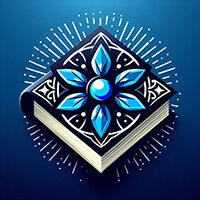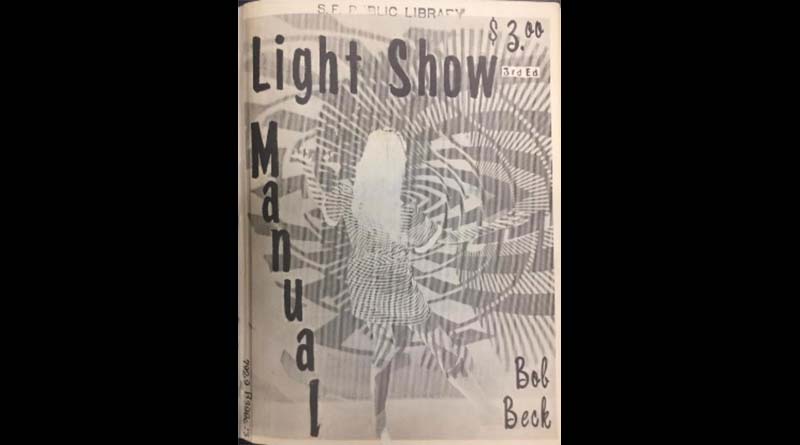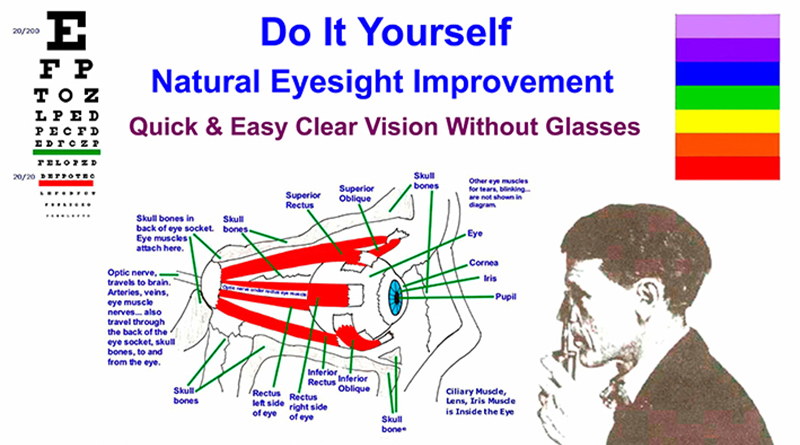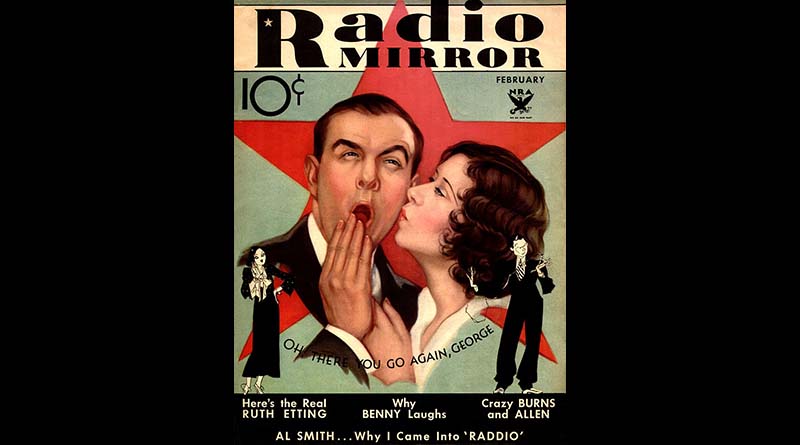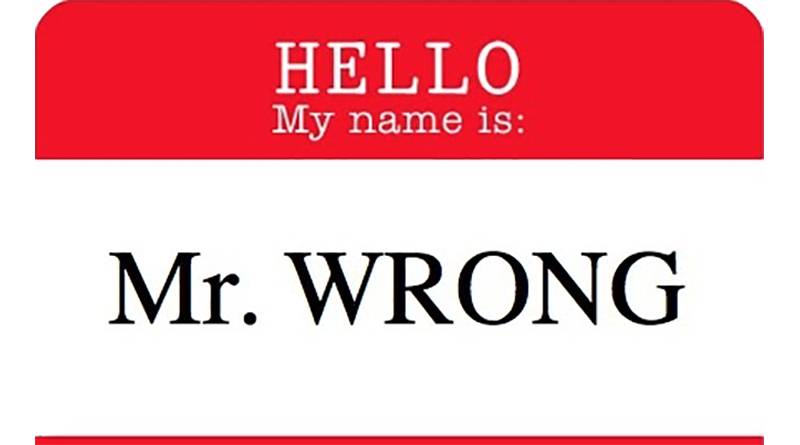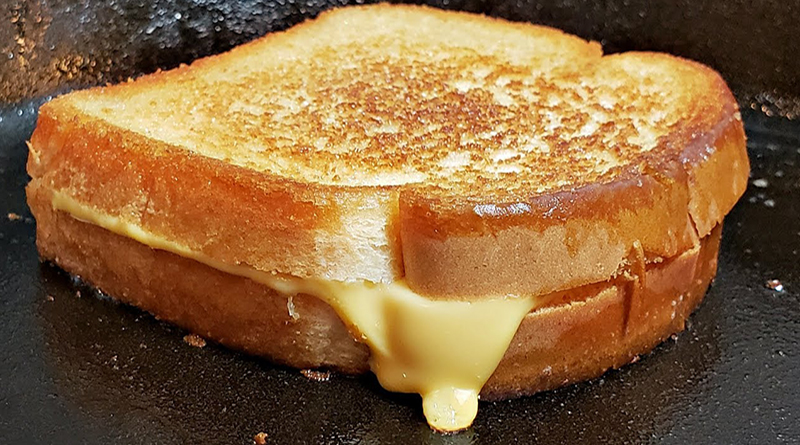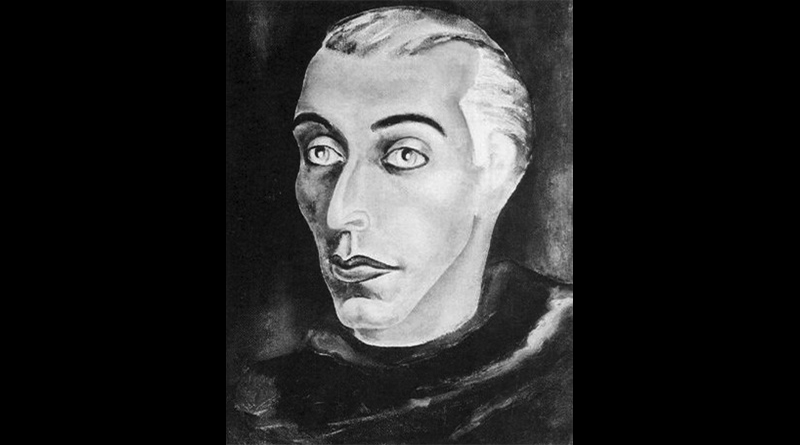This LIGHT SHOW MANUAL is a ‘HOW TO DO IT’ report based on personal experience and observations of the author over the past decade.
A major adjunct to psychedelic “happenings,” rock-and-roll performances, “in” parties, and “turn- on” scenes are the color effects grouped under the heading of “light shows.” This imaginative use of color and light expanded greatly in the psychedelic scene, adding much to trips festivals, “GUAMBOS” (Great Underworld Artist’s Masked Balls and Orgies), “freak-outs,” and futuristic night clubs. Through such exposure it has finally emerged as a dynamic art form.
This brief report is an attempt to describe WHAT is being done, and HOW to do it yourself.
HISTORICALLY — Ancient history reveals that color and light played an important part in healing and mystical rites. The Druids constructed temples and apparatus to worship the sun. Solomon’s temple was constructed in tiers of color effects. Egyptian temples were sometimes provided with shafts through which sunlight would beam during certain times and strike jeweled reflectors, pools of colored water, etc., and be scattered around the interior during ceremonies.
Bibliographies include works by Aristotle (384-322 B.C.) on color and light as art forms. Sir Isac Newton (1704) concentrated on “color music.” In 1734, Father Castel wrote extensively on color projection concerts. Goethe (1819), Steiner, and hundreds of others recognized the possibilities of this art form.
Professor A. Wallace Rimington, R.B.A., A.R.E., finished a “color organ” in 1893, and ushered in the modern day applications of projection systems. In the U.S.A., Mrs. Mary Hallock Greenwalt was actively touring with “color concerts” using an elaborate instrument covered by many patents of her own design. Her activity spanned the years from 1903 to the early 1930’s. Other major historical figures were Thomas Wilfred, who gave concerts here and abroad during the 20’s, A.B. Klein, of Great Britain, and many others. (For a comprehensive source of background data, the book “Coloured Light”, which is the third edition of “Colour-Music” by Adrian Bernard Klein, M.B.E., A.R.P.S., The Technical Press Ltd., London, England, 1937, should be consulted.)
This report is a resume of instruments and effects most commonly used today.
WET SHOWS … In this category are grouped effects usually projected with overhead type projectors and liquid coloring materials. In early forms of the presentation (pre 1958) a transparent acetate sheet was laid over the image stage of an overhead projector, and various chemicals, dyes, water-colors, inks, stains, glycerine, syrup, beads, etc., were dropped, swabbed, flowed, etc., across the field. Surface tension would add movement as the puddles of fluid would “bead up” or creep across the field of view. After four or five minutes of this mixing and adding process, the operator would remove the acetate, replace it with a fresh plastic, and continue with new configurations. This was usually accompanied by live or recorded jazz, poetry readings, or “spontaneous sound”. A number of performances of these early “wet shows” were to be found on weekends in the coffee houses of Venice West, the North Beach area of San Francisco, the Village in N.Y., and on the “Beat” scene generally.
Today’s “Wet Shows” are much more sophisticated. A few highly skilled artists have emerged, giving truly professional performances. A description of one such artist, Dennis R. Wier, 3505 Pacific Ave., Venice, Calif., might be informative. During the early part of 1966 Mr. Wier ran a small classified ad in the Los Angeles Free Press:
The advertisement appeared as follows:
LIGHT SHOW — a groovy psychedelic, moving, color fantasy with live music. 9-12 pm, $1. 3505 Pacific Ave., Venice. Every Saturday night.
Each Saturday night, a number of people would gather at his apartment, and after paying admission, would be ushered into a bare room where they would sit on floor matts . Sometimes fifteen or twenty persons would be present. The walls of the room were painted flat white, and one was used as the projection screen. Performances, lasting about 20 minutes, were repeated several times each evening for fresh audiences.
One, two, or three musicians would participate on Mexican Harps, bell trees, percussive devices, gongs, flutes, etc., in a spontaneous sound of free-form music.
A shallow glass dish, about 18′′ diameter, would be filled to a depth of about 3/4 inch with water. This was positioned on the image stage of an old American Optical Co. 1000 watt incandescent overhead projector. Then dyes, stains, analine colors, would be dropped into the fluid, and their ebbing and flowing color patterns would be projected on the far wall.
Sometimes Benzine, Methaline Dichloride, Carbon Tetrachloride, M.E.K., H.P.X., Sulfuric Acid, and other chemicals and solvents would be added to discrete areas of the liquid.
Colors could be Bromol Blue, Methylene Blue Stain, Neutral Red, Basic Fuchsin, water colors, food dyes such as Easter Egg colors from the supermarket, fabric dyes diluted to proper concentrations, inks, etc.
“Accent” colors were obtained by lightly sprinkled additions of potassium permanganate or basic red. As the minute particles would diffuse and sink, they would stir threads of color trails through the field.
Addition of the solvents would cause a churning, boiling effect on the screen. Non-soluable additions would result in globules or spheres of liquid which would mysteriously float across the screen. Mineral oil with Schilling food colors, alcohol, etc., were “accents”.
Sometimes the dish was gently stirred at one periphery with a glass rod, or gently blown across with the operator’s breath to produce currents in the solution. On occasion, some of the solution would be removed during the operation with a syringe. Late in each performance, the solvents and acid would be added for rather dramatic motion, swirling, and bubbling and churning displays.
— Bob Beck, in his Light Show Manual
